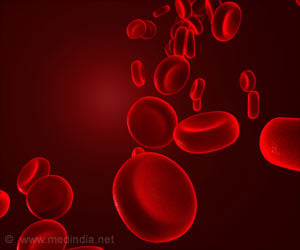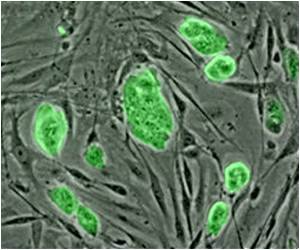Stem cell toxicology system proved to be very sensitive and reflective of the physiological toxic effects of the environmental pollutant Bisphenol A.

They were able to detect and measure the BPA toxicity toward the proper specification of primary germ layers, such as endoderm and ectoderm, and the establishment of neural progenitor cells. These results indicate that BPA may alter embryonic development in vivo.
Lead researcher Francesco Faiola of the State Key Laboratory of Environmental Chemistry and Ecotoxicology said that embryonic stem cells had a huge benefit because they offered the advantage to grow indefinitely in dishes yet possess the ability to differentiate to mimic embryonic development and virtually into any kind of cells of an adult organism.
Faiola added that they could be utilized in developmental toxicity assays, without the need of animal experiments. He further said that their stem cell toxicology system proved to be very sensitive and reflective of the physiological toxic effects of BPA.
Faiola added that this system could be applied to assess numerous other pollutants for their toxicity and/or lethality without the expenses of time-consuming animal models. The study is published in the Journal of Environmental Sciences.
Source-ANI















